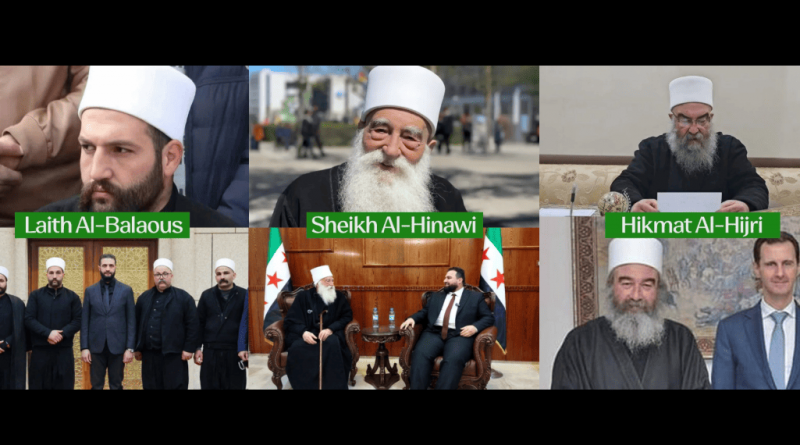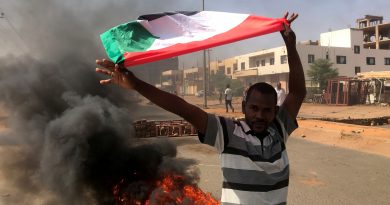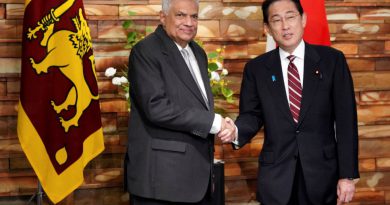What’s Going On in Syria’s Druze Region? A Simple Breakdown
The crisis in Suwayda is not about religion—it’s about power, control, and the future of a nation struggling to unify.
As Syria attempts to rebuild after over a decade of civil war, a new and unexpected front of unrest has emerged—not from Sunni rebels or Kurdish militias, but from within the traditionally neutral Druze community in the southern Suwayda governorate. The recent escalation shatters the myth of Druze unity and exposes deep divisions fueled by opportunism, external manipulation, and conflicting visions for Syria’s future.
The Druze, an esoteric religious minority that emerged from Shia Ismailism in the 11th century, have historically preferred isolation and neutrality in regional conflicts. In Syria, their base is Suwayda, a mountainous and relatively quiet region that largely remained detached during the peak of the war. Today, however, Suwayda is fractured between three competing power centers led by prominent sheikhs: Sheikh Al-Hinawi, Sheikh Laith Al-Balaous, and Sheikh Hikmat Al-Hijri.
Al-Hinawi and Al-Balaous have aligned with Syria’s new government under Ahmed Al-Sharaa and pledged to reintegrate the Druze region into the national framework. Meanwhile, Al-Hijri—once a loyalist of Bashar al-Assad—has rejected the new order. Seeking to control Suwayda as an autonomous stronghold, his militia has resisted disarmament and openly attacked government forces, plunging the region into renewed conflict.
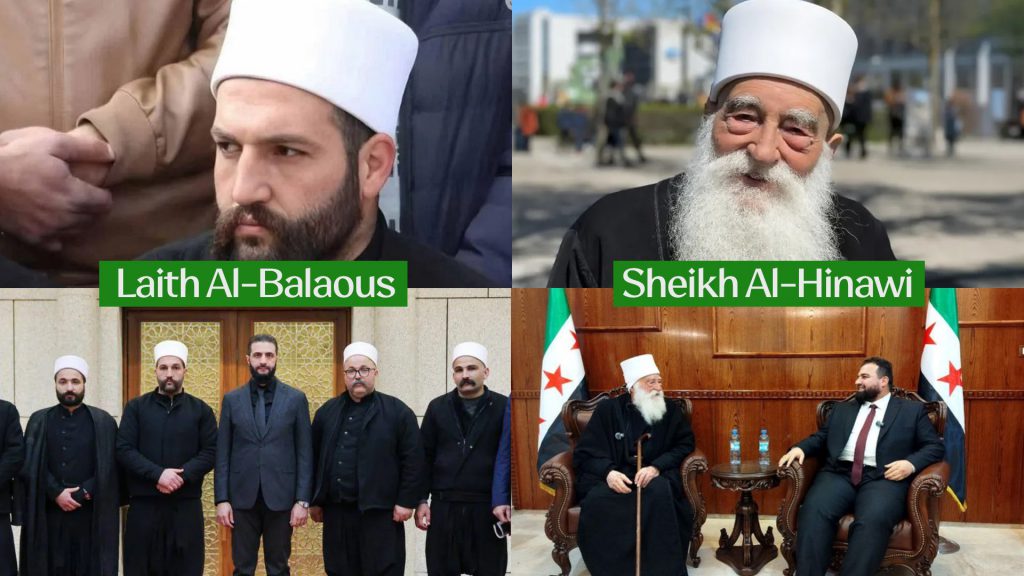
Tensions surged after a clear message from Washington that Syria will not be divided into ethnic or sectarian enclaves. The statement triggered a realignment among Suwayda’s factions. Militias under Al-Hinawi and Al-Balaous agreed to disarm, signaling a desire to return to national unity. But Al-Hijri doubled down on defiance—launching violent attacks, desecrating corpses, and distributing sectarian propaganda against Syria’s Sunni majority.
His forces also began targeting nearby Arab Bedouin tribes, sparking widespread outrage. Kidnappings, shelling of villages, and acts of lawlessness plunged Suwayda into chaos. Amid the growing instability, Israel intervened militarily, claiming to protect Druze interests. Israeli airstrikes targeted Syrian army positions, killing soldiers and escalating regional tensions.
Observers note that Israel has long viewed the Druze near the Golan Heights—especially in Hadar and Quneitra—as buffers against Hezbollah and Iranian proxies. Supporting the Druze also allows Israel to highlight its internal diversity and counter accusations of regional oppression. But when that support leads to bloodshed in Syria, the moral narrative becomes increasingly complex and politically fraught.
Turning Point: National Unity vs. Sectarian Warlordism
On July 15, a landmark statement was issued jointly by Sheikh Al-Hinawi, Sheikh Laith Al-Balaous, and Druze tribal elders. It declared full support for reintroducing Syrian state institutions in Suwayda, rejected separatism, and welcomed the Syrian army’s return. The agreement was endorsed by Christian, Sunni, and Druze representatives, marking a broad consensus toward restoring peace and normalcy.
But just hours later, Sheikh Al-Hijri rejected the accord. In a televised address, he denounced the Syrian government, called for tribal mobilization, and invited international intervention. Almost immediately, Israeli airstrikes resumed, fueling fears of a wider proxy conflict.
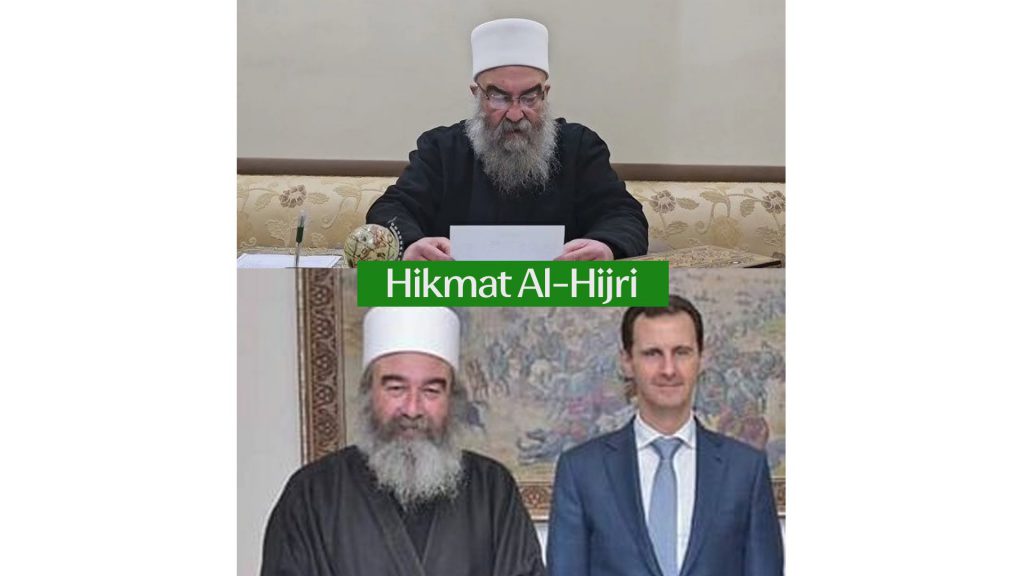
Al-Hijri’s rebellion is not rooted in religious ideology—it’s a calculated power grab. By portraying himself as a protector of the Druze against a Sunni-dominated state, he seeks total control over Suwayda, regardless of the cost. His campaign has already resulted in hundreds of deaths, severe economic decline, and regional instability. Worse still, it risks painting the entire Druze population as complicit, despite growing internal opposition to his actions.
Reports indicate that Al-Hijri’s fighters have stockpiled advanced weapons, some allegedly supplied via covert external channels. His propaganda claims the Syrian state is failing to protect minorities, but his own forces have been implicated in abductions, illegal checkpoints, and smuggling operations. Locals say his militias extort money, confiscate land, and obstruct humanitarian aid.
While Syria’s central government appears determined to avoid full-scale confrontation, it has quietly mobilized elite units near Suwayda. The aim is to isolate Al-Hijri without sparking a broader Druze backlash. Intelligence sources confirm that talks are ongoing with moderate Druze leaders to ensure a peaceful handover of power and weapons in exchange for local autonomy under state supervision.
A Community’s Plea for Peace
In a rare interview with Al Jazeera, the Druze spiritual leader Sheikh Yusuf Jarbou made it clear that the majority of the community opposes Al-Hijri’s actions.
“Any aggression against the Syrian state is an aggression against us. We are part of Syria,” he said. “Exploiting the Druze for political gain brings us no benefit.”
“The ceasefire agreement had full public support and interfaith representation,” he added.
As the government, now backed by Druze leadership, regains control of Suwayda, large weapon caches have been discovered—proving that Al-Hijri’s uprising was long in the making. The government has vowed to disarm all militias, arrest rogue actors, and fully restore rule of law.
Yet external actors, such as the Syrian Democratic Forces (SDF), view Al-Hijri’s rebellion as a last line of resistance against a unified Syrian state. Their support further complicates the situation, revealing how local unrest is often amplified by broader geopolitical agendas.
Moreover, there are concerns that foreign media and Western think tanks may attempt to frame the Suwayda conflict as an “ethnic persecution” narrative to further isolate the Assad government. This risks ignoring the complex local dynamics and empowering the most destabilizing factions.
Inside Israel, the Druze community—many of whom serve in the Israeli army—have openly expressed solidarity with Syrian Druze. This provides Tel Aviv a diplomatic card to play, showcasing its support for minority rights. However, critics argue that such gestures are part of a broader strategy to legitimize Israeli presence in the occupied Golan Heights and undermine Iranian entrenchment near the border.
Meanwhile, Syria’s new President Ahmed Al-Sharaa has called for national reconciliation and vowed to restore Suwayda through political dialogue, not military conquest. His government has proposed a regional council of Druze elders, clergy, and civil leaders to mediate the crisis and draft a roadmap for full reintegration.
Whether this plan succeeds will depend on international will to restrain spoilers and respect Syria’s sovereignty. It also hinges on the Druze community reclaiming its historic legacy as a force for stability rather than a pawn in foreign agendas.
Beyond the Crisis
The crisis in Suwayda is not about religion—it’s about power, control, and the future of a nation struggling to unify. The majority of Syria’s Druze community stands for peace and national unity. But one warlord, emboldened by foreign support, threatens to undo years of fragile progress.
The world must recognize: Sheikh Al-Hijri does not speak for the Druze. And Suwayda is not a bargaining chip for regional interests. If Syria is to emerge from its long night of war, it must do so as one nation—with all its communities moving forward together.
